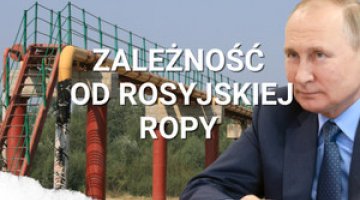Analyses
Hungary’s BorsodChem becomes part of a Chinese petrochemical giant
The Chinese company Wanhua Industrial Group took over full control of the Hungarian chemical corporation BorsodChem for a price of USD 1.6 billion on 1 February. This way the world’s third largest manufacturer of isocyanates (TDI) has emerged, offering competition to such corporations as Bayer, BASF, Dow Chemical and Huntsman. This transaction fits in with the long-term concept of opening the Hungarian economy to the East. This is also important in the context of the present government’s efforts for a diversification of loan sources which, since the conflict with the IMF, are also being sought in China and Russia.
The Chinese company bought the shares from the previous majority shareholders, the investment funds Permira (registered in the United Kingdom) and Vienna Capital Partners (Austria). Wanhua Industrial started taking over BorsodChem, which was on the brink of bankruptcy, in June 2010, when it invested USD 190 million in its restructuring, obtaining in return a 38% share with an option to purchase a majority stake. BorsodChem (it operates in the Czech Republic and Poland, owning among other entities Petrochemia-Blachownia), which so far was present mainly on the EU market, owing to this merger has gained new possibilities for operation on Asian markets.
The purchase of BorsodChem proves that Hungary has become an important bridgehead for Chinese investments in Central Europe. Around five thousand Chinese firms are operating in Hungary, including several global players (for example, Huawei, the world’s second largest manufacturer of telecommunication equipment, has built its factory and logistics centre there). Chinese companies ensure between 80,000 and 100,000 workplaces in Hungary. At the same time, Hungary has the largest Chinese community in Central Europe (11,000 Chinese citizens live legally in Hungary, but the real estimated number of this community is approximately 20,000 people). The Hungarian-Chinese trade exchange is also increasing. Ten years ago its level was as low as USD 400 million. In 2010, it was worth around USD 7.9 billion (including USD 2 billion of Hungarian exports) in comparison to USD 6.8 billion in the preceding year. <szyl>




